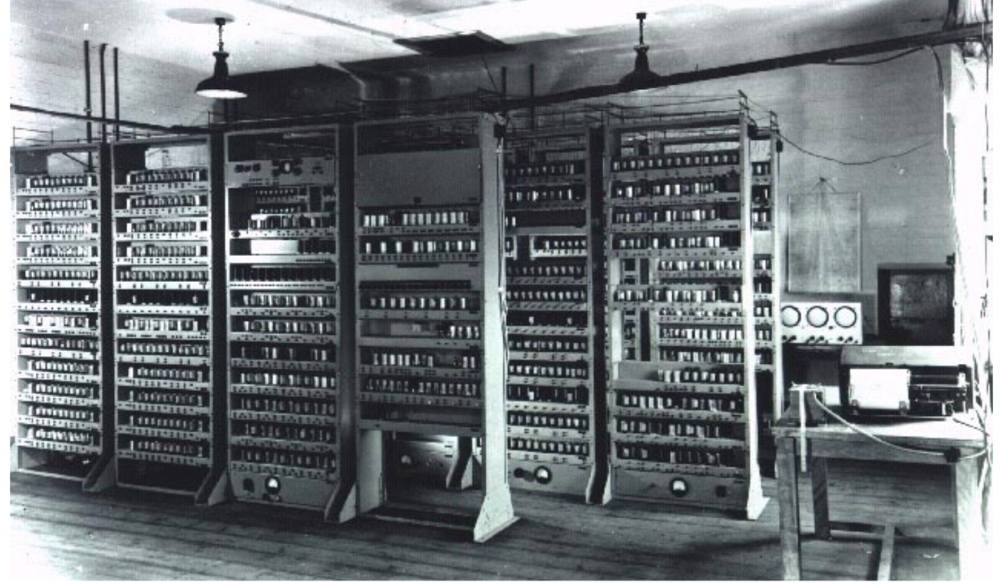
17 Jan A Brief Insight into The History Of IT
Information Through the Ages: A Story of Storage, Communication, and Transformation
The history of IT is a vast and fascinating tale, stretching back much further than you might think! While the term “information technology” itself only emerged in the mid-20th century, our relationship with manipulating and exchanging information reaches far back into the mists of time.
Here’s a brief overview of key milestones in this journey:
Early Foundations (Before 1940s):
Ancient Civilizations: The invention of writing systems by the Sumerians, Egyptians, and others around 3000 BC marked a crucial turning point, enabling permanent data storage and communication.
Mechanical Calculators: Early devices like the abacus and slide rule emerged, aiding in arithmetic and calculations. In the 17th century, the invention of mechanical calculators like Pascal’s adding machine paved the way for more complex computations.
Analytical Engine: In the 19th century, Charles Babbage envisioned the “Analytical Engine,” considered a precursor to modern computers, capable of various mathematical operations and programmable instructions.
The Dawn of Modern Computing (1940s-1970s):
Electromechanical Computers: World War II spurred the development of electronic computers like the Colossus Mk1, used to crack German codes. The ENIAC, operational in 1945, was one of the first programmable electronic computers.
Transistors and Integrated Circuits: The invention of transistors in the 1940s and integrated circuits in the 1950s miniaturized and increased the power of computers, paving the way for smaller, faster, and more affordable machines.
Mainframe Era: Large, centralized mainframe computers dominated the scene, primarily used by governments, universities, and large corporations. Early programming languages like Fortran and COBOL emerged.
Personal Computing and The Information Age (1970s-Present):
Rise of the PC: The development of microprocessors and affordable personal computers (PCs) like the Apple II and IBM PC in the 1970s revolutionized the industry, bringing computing power to homes and businesses.
Operating Systems and Software: Development of operating systems like DOS and Windows, along with user-friendly applications like word processors and spreadsheets, made computers accessible to a broader audience.
The Internet and World Wide Web: The creation of the ARPANET (later the internet) and the World Wide Web in the 1980s and 1990s ushered in the information age, connecting people globally and revolutionizing communication, commerce, and entertainment.
Mobile Revolution: The rise of smartphones and mobile devices in the 21st century further broadened access to IT, enabling on-the-go connectivity and countless new applications.
This is just a mere glimpse into the rich history of IT. Each era has seen incredible advancements, pushing the boundaries of what’s possible. Today, IT continues to evolve rapidly, with fields like artificial intelligence, cloud computing, and big data shaping the future.
If you are looking for some information and guidance on your current business IT requirements. Call our experienced IT Team on 01892 664155

